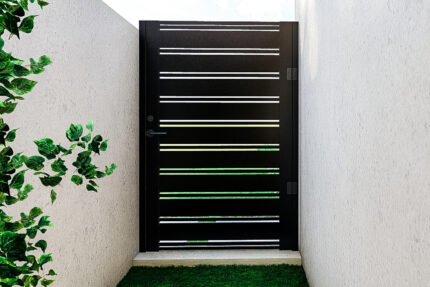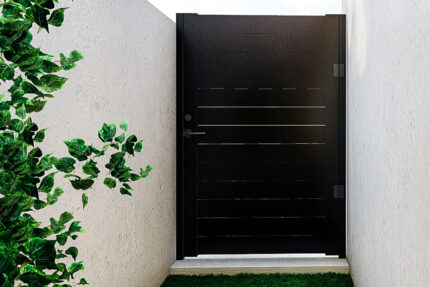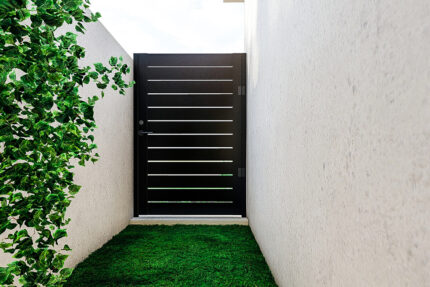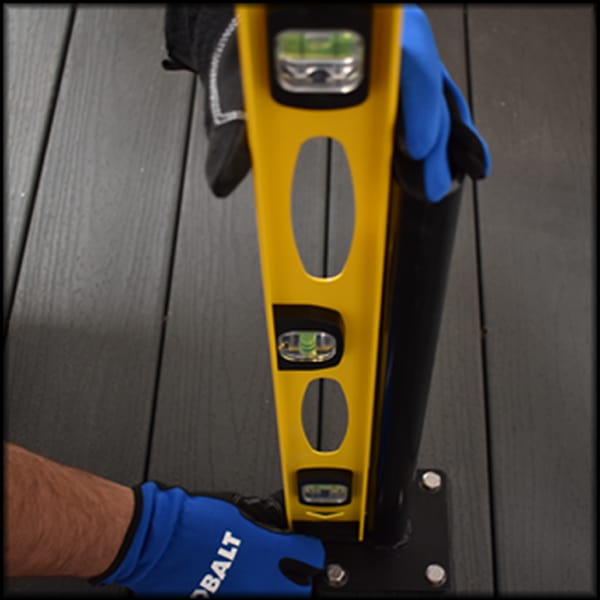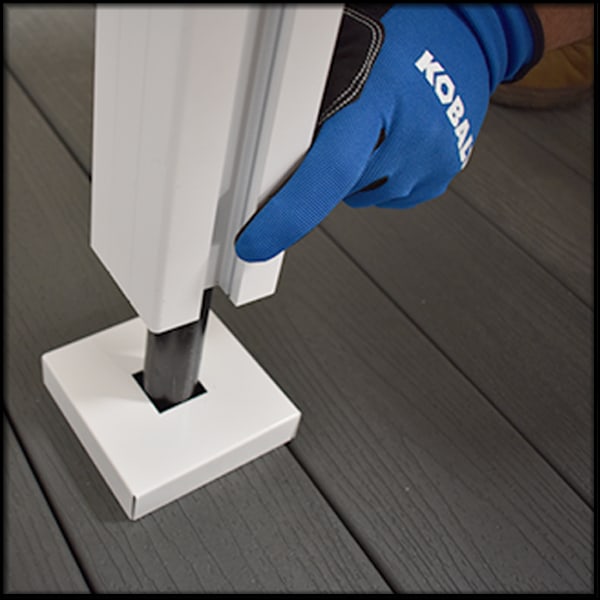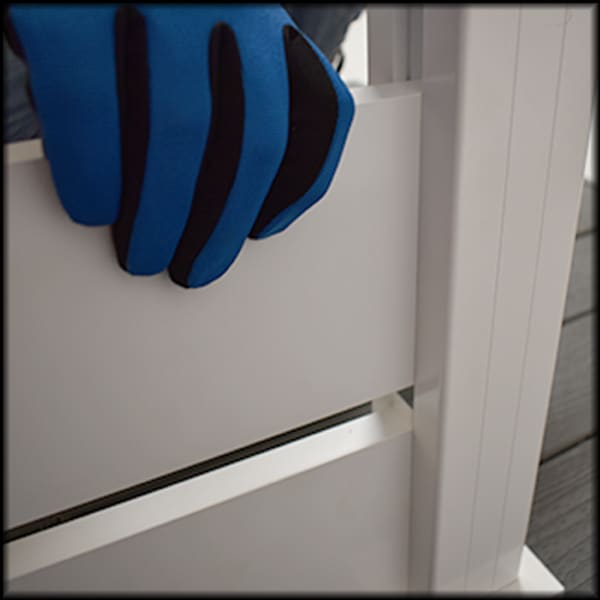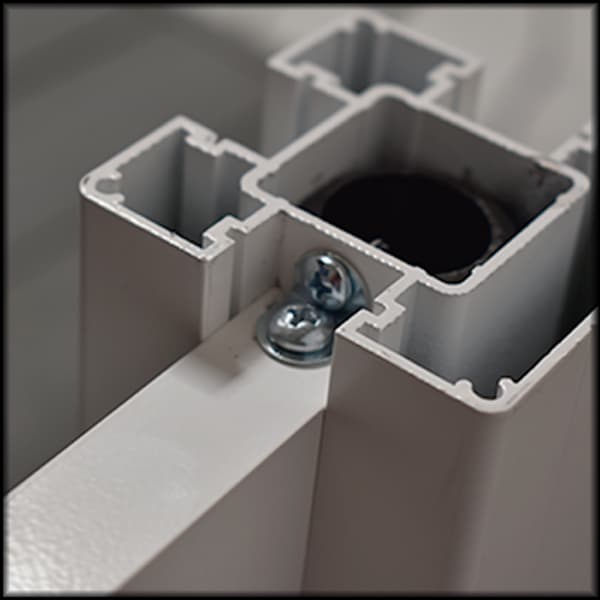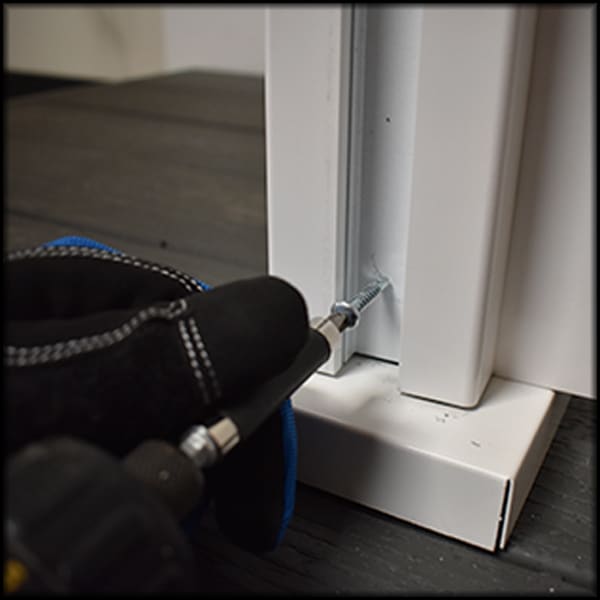We’re Here To All Your
Questions
There are a few essential steps to follow in order to install a DIY horizontal fence. You can begin building your horizontal fence after the fence posts are set in the ground. First of all, a design must be made and the spot for the top rail must be marked.
Afterward, cut rails to length, fasten the top rail to post, attach boards horizontally, provide extra vertical support, repeat the same process for each section, and finally add post caps.
The price of horizontal fences is generally higher than that of vertical fences because they require a quality of lumber that is more resistant to sagging. Vertical fences are usually the most cost-effective choice when it comes to fence installations. Since the strength is gained from the stringers, it is possible to use less expensive fence board lumber.
A horizontal fence is the best option for any installation that requires a contemporary appearance.
The average cost of a horizontal wood fence is approximately $8 to $20 per linear foot.
Those who favor this horizontal design say it makes yards look longer and bigger, and gives them a decent amount of privacy. However, it is more expensive to build a taller fence considering the horizontal layout requires more material to achieve the same height. It is also important to hire a reputable professional with experience in horizontal fencing for a proper installation of this style of fencing.
To build a horizontal fence, you only need a few basic supplies. Those include hand saw, level, trim boards, finish nails, wood stakes, string line, fence boards, concrete bags, some paint, a post hole digger, paint sprayer, and landscape marking paint.
Horizontal fences are considered strong and durable. Horizontal fences will remain solid and healthy for a longer period of time than vertical posts, which develop rot at their base over time.
Horizontal fences nowadays will maintain their integrity for years to come and can even serve as a privacy fence for many years without constant maintenance.
If you want privacy, horizontal boards can be spaced close together with an eighth-inch gap between them; however, if you want a light, airy feel, quarter-inch to one-inch gaps should suffice.
In some cases, clients choose a solid panel that has an opening on the top.






